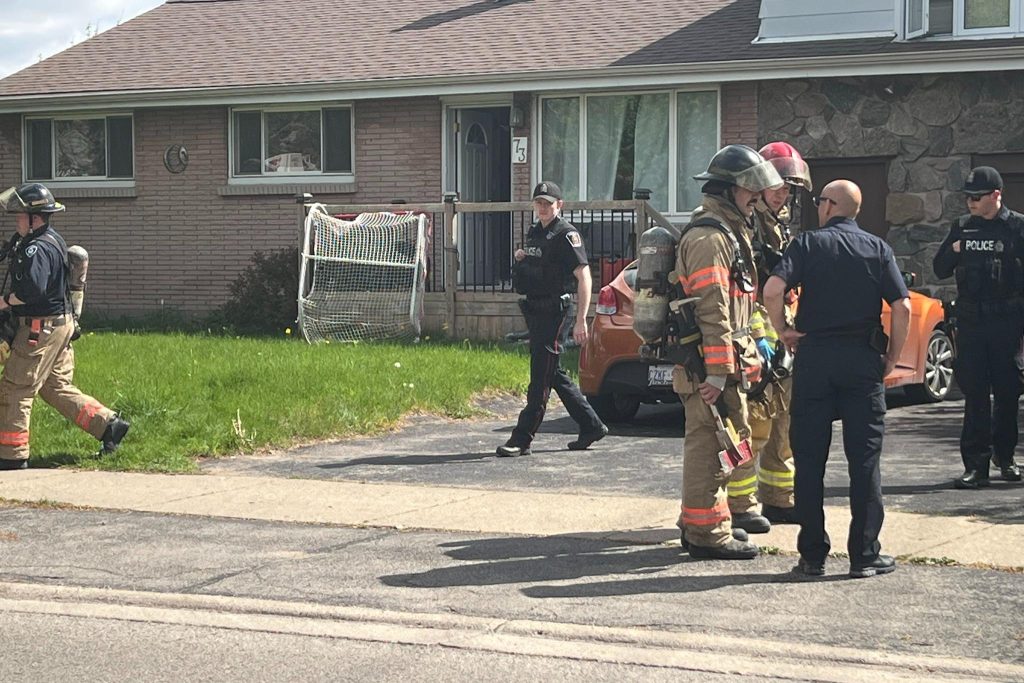The London Fire Department had their hands full on May 14th, responding to two separate cooking incidents that happened back-to-back across the city. And honestly? One of them is exactly the kind of scenario that gives fire safety experts nightmares.
The first incident went down on Tweedmuir Avenue, where firefighters arrived to find damage that would later be estimated at $20,000. While the specifics of what happened weren’t detailed, the price tag alone tells you this wasn’t just a small kitchen mishap.
But here’s where things get really concerning — the second call took them to Baseline Road, where they discovered what every fire department dreads: unattended cooking in an empty house. Yep, someone had left food cooking and then just… left. The entire house. With nobody home.
Thankfully, this second incident didn’t result in the same level of damage as the Tweedmuir Avenue fire, but firefighters still had to bring out mechanical ventilation equipment to clear smoke from both locations. That’s never a good sign when you’re talking about kitchen incidents.
The London Fire Department took to social media that evening to remind everyone of some pretty basic but apparently necessary cooking safety tips. Their main message? Stand by your pan when cooking. Never leave cooking unattended. And if a pot catches fire, don’t try to move it.
These aren’t exactly revolutionary concepts, but apparently they need repeating. The fire department also pointed people toward their comprehensive fire safety tips page, which covers everything from cooking hazards to escape planning.
According to the city’s fire safety resources, cooking fires are just one of several common household fire hazards, alongside electrical issues, candles, and even alcohol-related incidents. The city’s website notes that many fire deaths are actually caused by people attempting to cook while under the influence.
The fire department’s safety guidelines are pretty straightforward when it comes to kitchen behaviour. They emphasize staying present while cooking, having proper escape routes planned, and ensuring smoke alarms are installed and working throughout your home. Every floor with sleeping areas should have at least one smoke alarm, with monthly testing recommended.
For homes with fuel-burning appliances — which includes everything from furnaces to gas fireplaces to barbecues — carbon monoxide alarms are also mandatory near sleeping areas. The symptoms of CO poisoning can range from headaches and nausea to loss of consciousness, making early detection crucial.
Both May 14th incidents required mechanical ventilation to clear smoke, highlighting how even “minor” cooking fires can create significant air quality issues that need professional equipment to resolve. The London Fire Department continues to respond to cooking-related calls throughout the year, making kitchen safety education an ongoing priority for the service.

